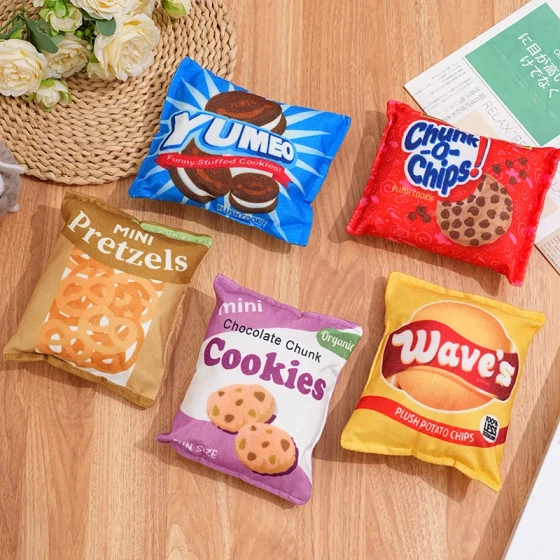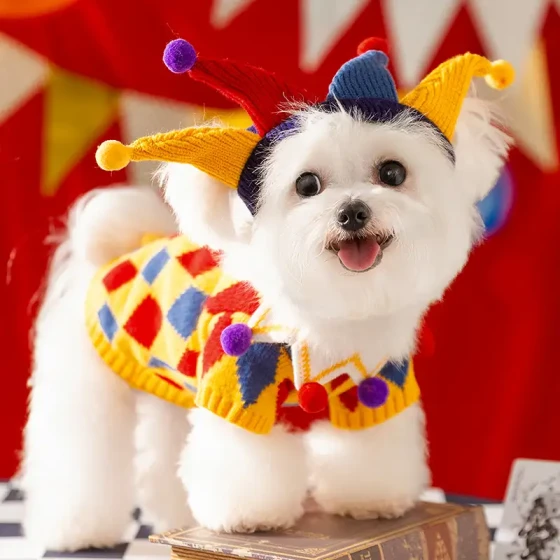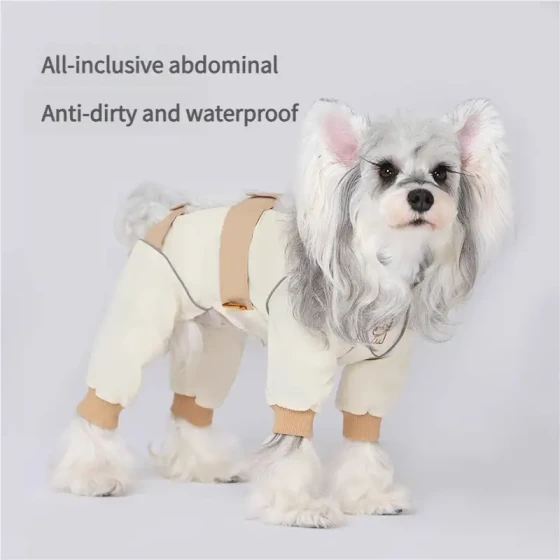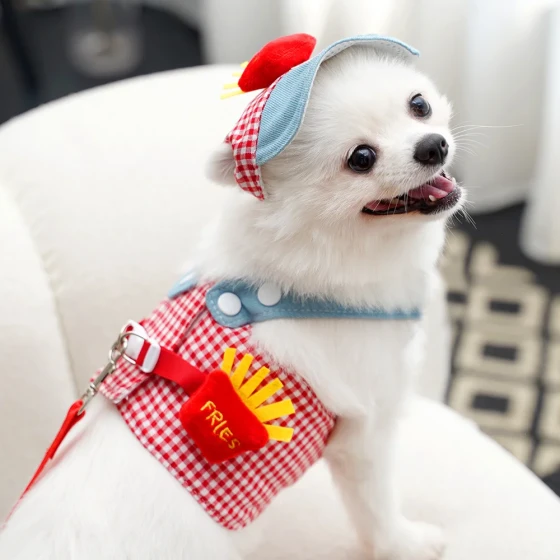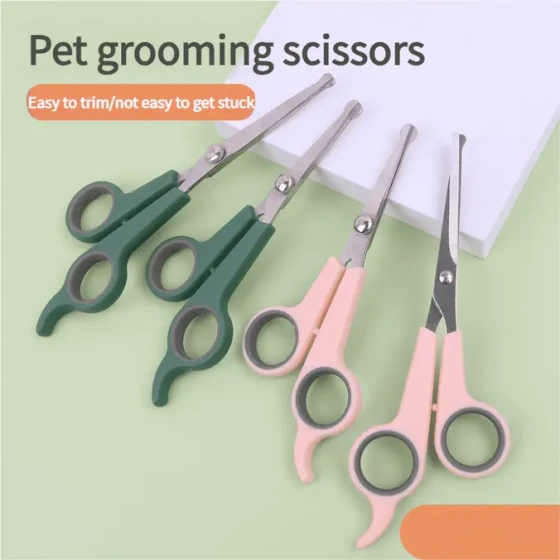General Standards for Judging the Age of Tibetan Mastiffs
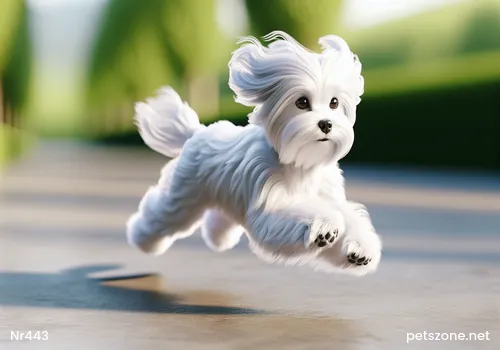
Tibetan Mastiff (Detailed Introduction)
The Tibetan Mastiff is the most loyal and fiercest dog breed in the world. At the same time, the Tibetan Mastiff’s intelligence excites many people who are eager to learn about it, but they hesitate because of its fierce "bad reputation" and feel uneasy. We all know that a dog’s age can be judged by observing its teeth; however, for a fierce dog like the Tibetan Mastiff, if you are not absolutely sure, it is recommended not to pay too much attention to their age. If you are a very close owner, or the Tibetan Mastiff is under anesthesia, then you can take a good look.
Generally, the permanent teeth of an adult Mastiff are distributed as follows: 6 incisors on each of the upper and lower jaws; 2 canines on each upper and lower jaw; 8 premolars on each upper and lower jaw; molars are 4 on the upper jaw and 6 on the lower jaw; a total of 42 teeth. The number of milk teeth in a puppy Mastiff is distributed as follows: 6 incisors on each upper and lower jaw; 2 canines on each upper and lower jaw; 6 premolars on each upper and lower jaw; a total of 28 teeth. The age of an adult Mastiff is most clearly seen in the growth, wear, and sharpness of the teeth, and the age of a young Mastiff can be judged by the number of teeth, strength, freshness, and brightness.
The following are standards for judging the age of Tibetan Mastiffs; due to individual differences, not all Tibetan Mastiffs are exactly the same. Owners can roughly estimate according to these standards.
Around 20 days, teeth gradually erupt unevenly. At 30–40 days, the milk incisors are fully grown. At 2 months, all milk teeth are fully grown, sharp and tender white in color. Between 2–4 months, the first milk incisors are replaced. Between 5–6 months, the second and third milk incisors and all milk canines are replaced. At over 8 months, all teeth are replaced by permanent teeth.
At 1 year, permanent teeth are fully grown, smooth and firm, with pointed cusps on the upper part of the incisors. At 1.5 years, the cusp on the first lower incisor is worn down. At 2.5 years, the cusp on the second lower incisor is worn down. At 3.5 years, the cusp on the first upper incisor is worn down. At 4.5 years, the cusp on the second upper incisor is worn down.
At 5 years, the cusp on the third lower incisor shows slight wear, and the first and second lower incisors are worn to a rectangular shape. At 6 years, the cusp on the third lower incisor is worn down, and canines become blunt and round. At 7 years, the first lower incisor is worn down to the root, and the worn surface is an elongated ellipse. At 8 years, the wear on the first lower incisor tilts forward.
At 10 years, the worn surfaces of the second lower incisor and first upper incisor are elongated elliptical. At 16 years, incisors fall out, and canines are incomplete. At 20 years, canines fall out.
